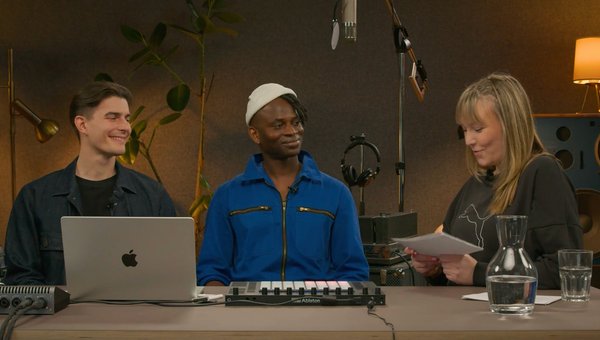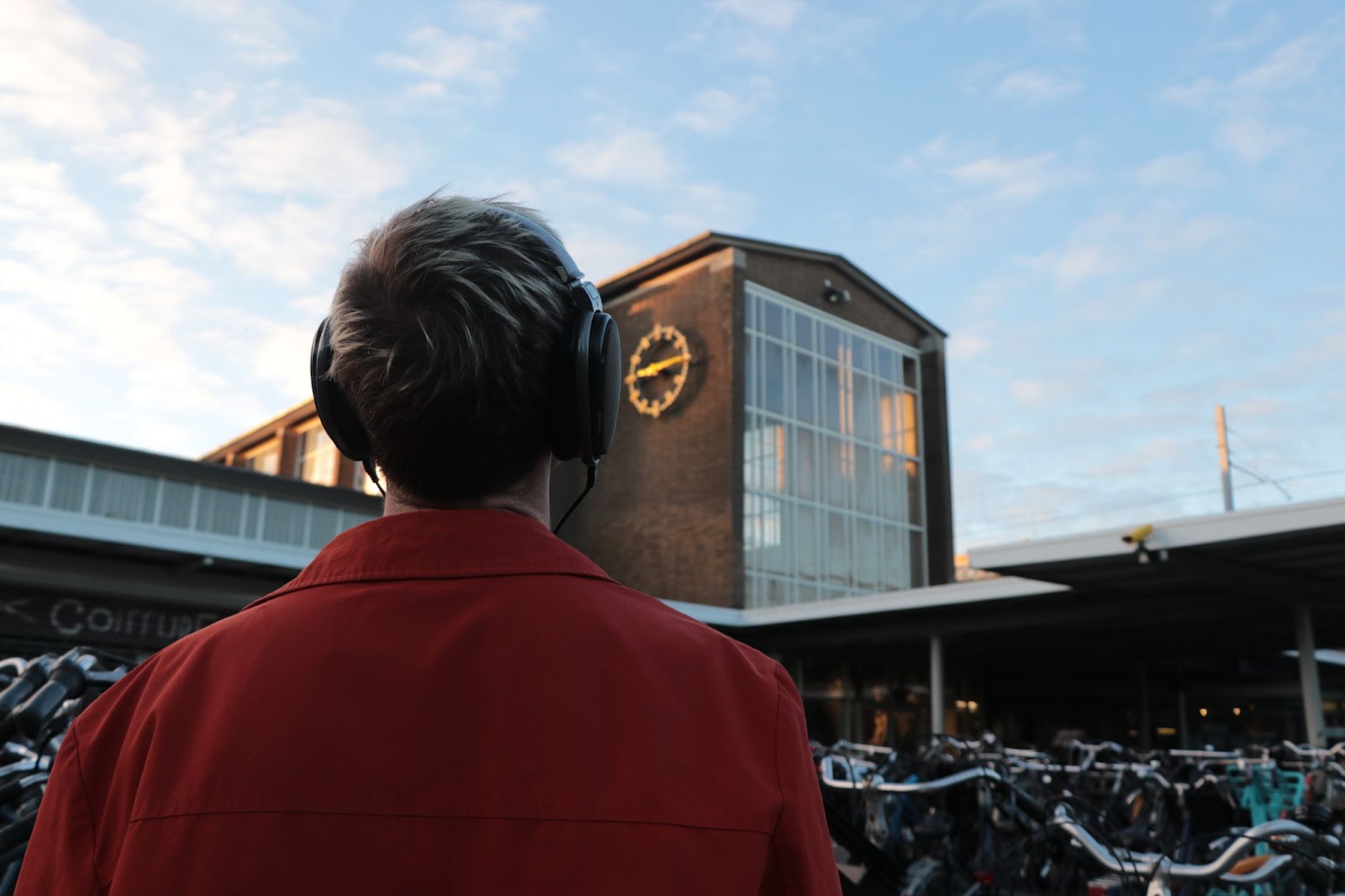Introduction
As a product designer at Ableton, a music software company, I was tasked with creating a knowledge management system to consolidate information on our relationships with artists worldwide.

Problem Identification
Ableton collaborates with many professional musicians to improve, teach, and market their products. The company markets their product in lots of different countries, and therefore employs a large, geographically distributed artist relations team to manage this work. However, the lack of a centralised system to manage these relationships posed a challenge. Additionally, we recognised the need to increase diversity among our collaborators. Without a central database of relationships, it was difficult to measure the success of any work towards diversification.

Research Process
Our research involved exploring 'ideal future' scenarios and conducting interviews with stakeholders. We faced the challenge of accommodating diverse requirements from different territories. To address this, we adopted an incremental approach, starting with a simplified version of the artist database.


Solution
We modeled the data as a relational network on Salesforce. In order to increase uptake of the system, we prioritised highly-requested features like profile pictures and an integrated Soundcloud player. We prioritised ethical data collection, incentivising artists to provide their data and introducing an online portal for ease of submission.

Reflection
In reflecting on the development of the knowledge management system for artist relations at Ableton, two key points stand out.
Firstly, I learnt to view project management as a continuous cycle rather than a linear process with a fixed endpoint. Shifting to a cycle allowed the team to adapt and refine our approach as needed, making sure the system could respond to changing needs from users.
Secondly, I found that users are able to provide more valuable feedback when they actively used the system into their day-to-day work. Although the visioning workshop was useful, much more actionable insight was gained by building a feedback form into the interface, a feature added shortly after the MVP stage.

